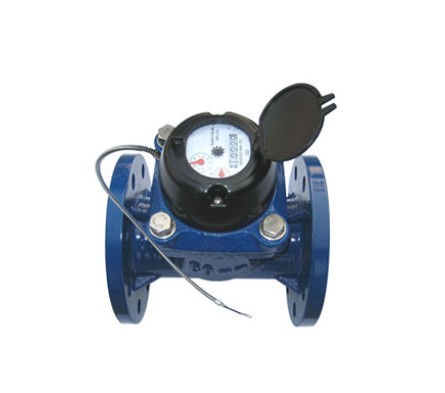ADD: No. 18, Weisan Road, Rongyu Village, Xinpu Town,Cixi City,China.
MOBILE: +86 135 6606 0510 (WhatsApp & Wechat )
TEL: +86 (0)574 6358 5625
FAX: +86 (0)574 6357 7818
MAIL: [email protected]
[email protected]
Remote reading of water meters in urban water supply sy […]
Remote reading of water meters in urban water supply systems has significant potential to streamline operations, improve efficiency, and enhance customer service. Traditional methods of manually reading water meters require personnel to physically visit each location, resulting in time-consuming processes, potential human errors, and limited access to real-time data. Remote reading technology, on the other hand, allows for automated meter reading and data transmission without the need for physical presence.
Here are some key benefits and considerations related to the potential for remote reading water meters in urban water supply systems:
Efficiency and Cost Savings: Remote reading eliminates the need for manual meter reading, reducing labor costs and associated errors. It enables utilities to gather data from a large number of meters quickly, facilitating efficient billing and reducing operational costs.
Accurate and Timely Data: Remote reading provides real-time access to accurate water consumption data, allowing utilities to monitor usage patterns, detect leaks or abnormal usage, and take appropriate actions promptly. This enables utilities to optimize their operations, prioritize maintenance, and improve overall water management.
Enhanced Customer Service: Remote reading empowers customers with access to their consumption data, enabling them to track their water usage and make informed decisions to manage their water consumption better. It also enables utilities to proactively engage with customers regarding their usage patterns, promote water conservation, and provide tailored recommendations.
Leak Detection and Water Conservation: With remote reading, utilities can quickly identify potential leaks or abnormal water consumption patterns. Early detection helps in minimizing water losses, preventing property damage, and conserving water resources. Real-time data also enables utilities to implement demand response programs and encourage water conservation practices.
